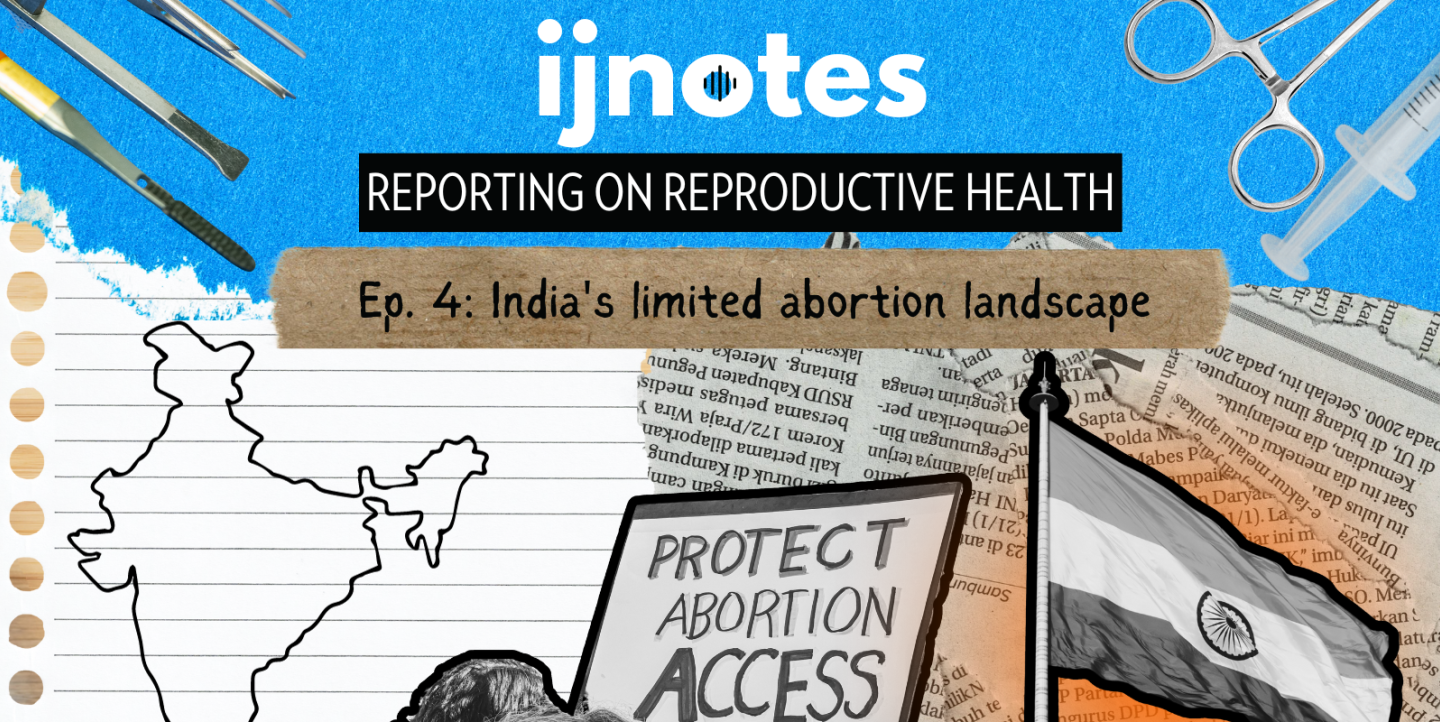In India, as in many other countries, abortion is a divisive social and political issue. Although it is legal to get an abortion in India, there are many obstacles to obtaining one. The health consequences are worrying, and the legal landscape is complex.
Progressive legislation, such as the Medical Termination of Pregnancy (MTP) Act, is intended to provide for safe and legal abortions, but a lack of education about reproductive health, and deficiency in healthcare facilities, has limited women’s ability to benefit from the law’s provisions. Meanwhile, cultural norms and taboos around termination and sexuality have led women to deal with unwanted pregnancies in secret, often unsafe ways.
Close to eight women die each day due to unsafe abortions in India. A staggering 78% of all abortions are held outside legal healthcare facilities. The health consequences are particularly pronounced in rural and less advantaged urban areas, where access to these facilities is limited. A 2019 study found that women in rural India have a 26% higher chance of having an unsafe abortion compared to women in urban areas, due in part to 75% of the country’s health infrastructure and resources existing in urban areas where only 27% of the population lives.
In our newest podcast, I spoke with two reproductive health professionals from CommonHealth India, a coalition that advocates for increased access to sexual and reproductive health care for women and marginalized communities. Dr. Alka Barua leads the organization’s abortion portfolio. Sanjeeta Gawri leads the maternal health portfolio as well as a nutrition program at IPE global.
Barua and Gawri explain how legislation in the country has unintentionally created hurdles to abortion access, and they share insights about the stringency of laws around second-trimester abortions and adolescent pregnancies. They also discuss the alternative methods people turn to when denied access to abortion services. They bring to light under-reported topics and ways to discover new data that journalists can use to inform coverage. Listen here:


